
With Thanksgiving comes Thanksgiving trips to the movie theater, and on one such trip, I was treated to a showing of Doctor Strange. As you well know if you’re a constant reader of this site, Doctor Strange isn’t well liked around these parts, and for good reason—whitewashing and using a pan-Asian cultural motif as a backdrop for non-Asian characters.
Doctor Strange is a confounding movie, partly because if it weren’t for the outstanding cultural criticisms and controversy, it actually has the bones of a decent film. We’re only one movie-deep into Marvel’s Phase Three (Captain America: Civil War was the first one), but Doctor Strange showed the confident and daring direction Marvel plans on taking its films in the future. Now that we’ve introduced Marvel’s version of a Time Lord, we’re going to see much more boldness and boundary-pushing from the franchise. Overall, it’s great to see Marvel so confident with their chosen direction.
Also, Doctor Strange‘s score is by Michael Giacchino, who has quickly become a favorite for me. Due to The Lion King, I’ve always been a fan of Hans Zimmer’s brass-heavy scores, and because John Williams is so ingrained in movie culture—he even did the soundtrack for Home Alone, for goodness’ sake!—I respect his lengthy body of work, despite his composing style sometimes leaving too much of a light, airy atmosphere for my liking. However Giacchino is like the wonderful compromise between Zimmer’s boldness and punch and Williams’ cerebral qualities. In short, Giacchino creates scores that are fun, uplifting (see: Star Trek Beyond‘s “Night on the Yorktown”), tongue-in-cheek, yet dark, mysterious, and sometimes even sexy (perfect example of sexy Giacchino—The Incredibles‘ “Off to Work” and “Lava in the Afternoon”).
However, that is where my compliments for the movie stop. I have quite a lot of gripes with the film, and it’s time I let them out, in my favorite form—a bulleted list.
• The whitewashing is more egregious in person: After having analyzed the film for several weeks, I already knew the biggest issue in the film was Tilda Swinton as The Ancient One. That issue was compounded by C. Robert Cargill, the co-writer of the film, sticking in his ill-advised two cents about Tibetan-Chinese politics as the reasoning for a white Ancient One.
But it’s one thing to write about the whitewashing and it’s another to actually see it with your own eyes. The problems in this film abound. First, you have Swinton. Not only is she The Ancient One, but she’s effectively a spiritual ruler of Nepal. An old Celtic woman is the spiritual ruler of a non-Celtic, non-white people. Fascinating.
Let’s also talk about what Nepal looks like. The film portrayed Nepal as some mystical place without roads or modern transportation. Everyone looked like they were mere seconds away from getting on their knees to pray. Religion might be a huge part of a country, but that doesn’t mean everyone in the country have to look like devotees. The film shows a side of Nepal that looks like this:

This picture looks similar to the types of crowds Stephen Strange came upon as he was looking for The Ancient One. But Nepal also looks like this:
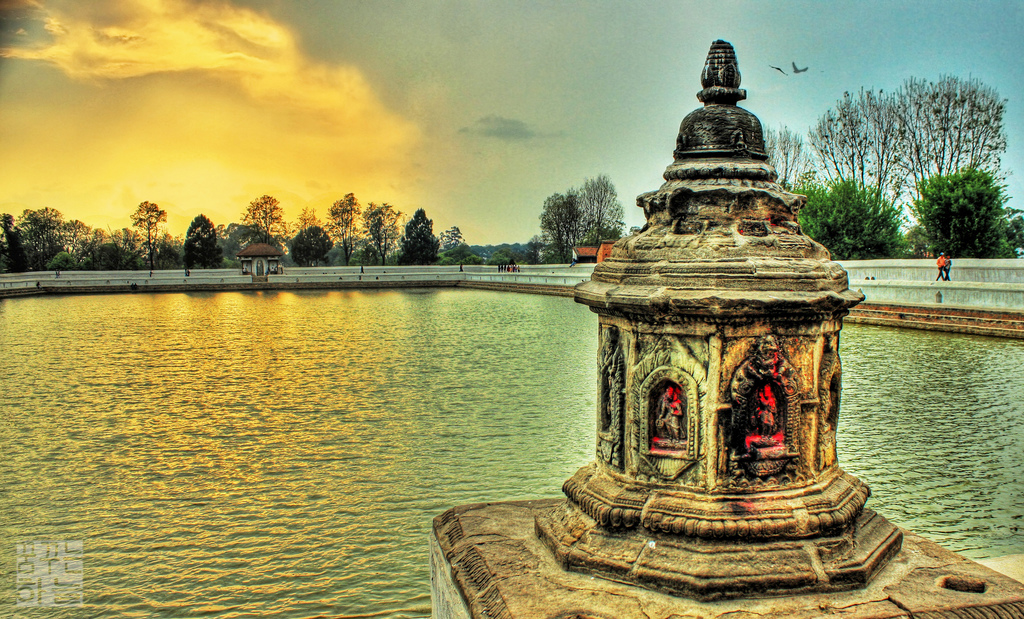
“This centuries old pond is situated at Dudhpati-17 the entrance of the ancient city Bhaktapur. This 275m×92m pond was built in the early fifteenth century during the reign of King Yakshya Malla. It is considered as the most ancient pond in Bhaktapur which is known to have many myths associated to it. Nowadays, the pond of both religious and archeological importance has been one of the popular hangout and dating destinations in Kathmandu valley.”
(Flickr/Creative Commons)
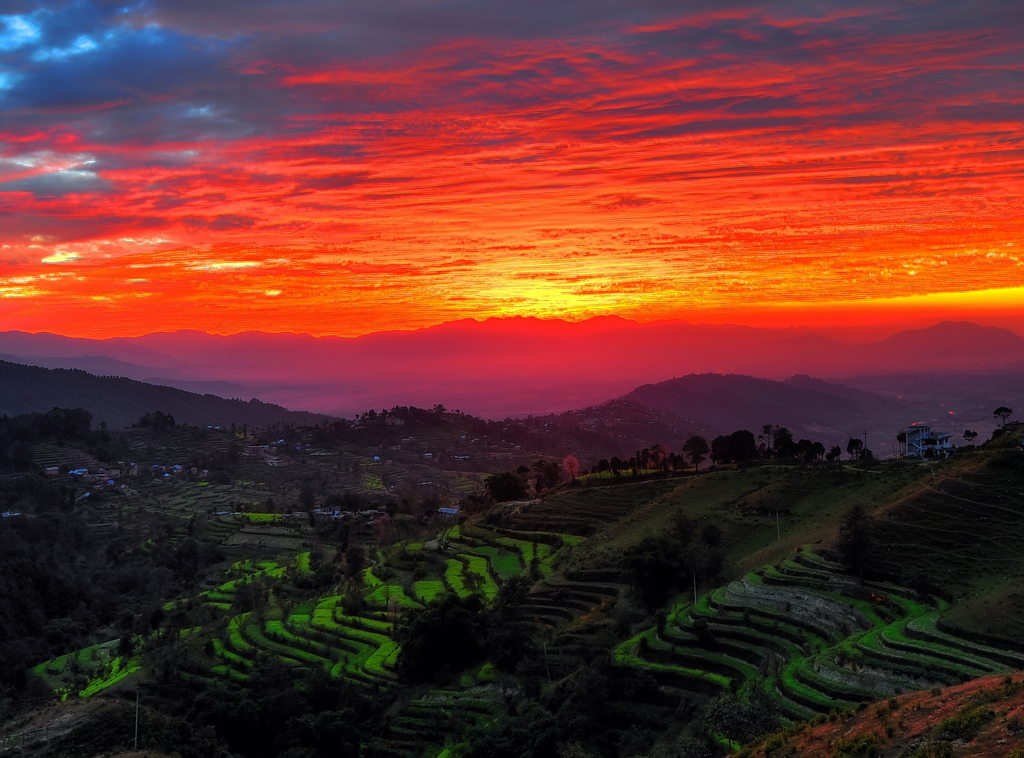
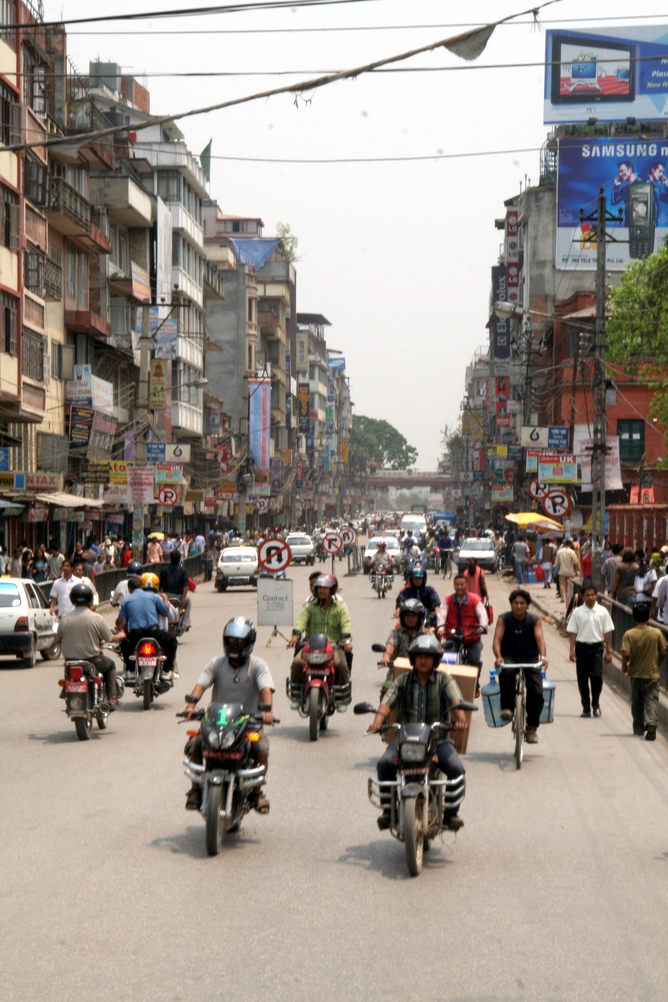
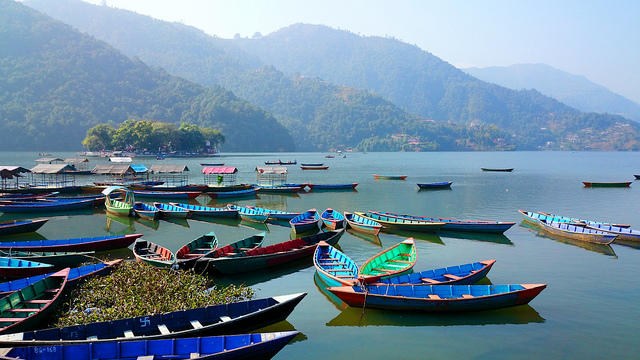
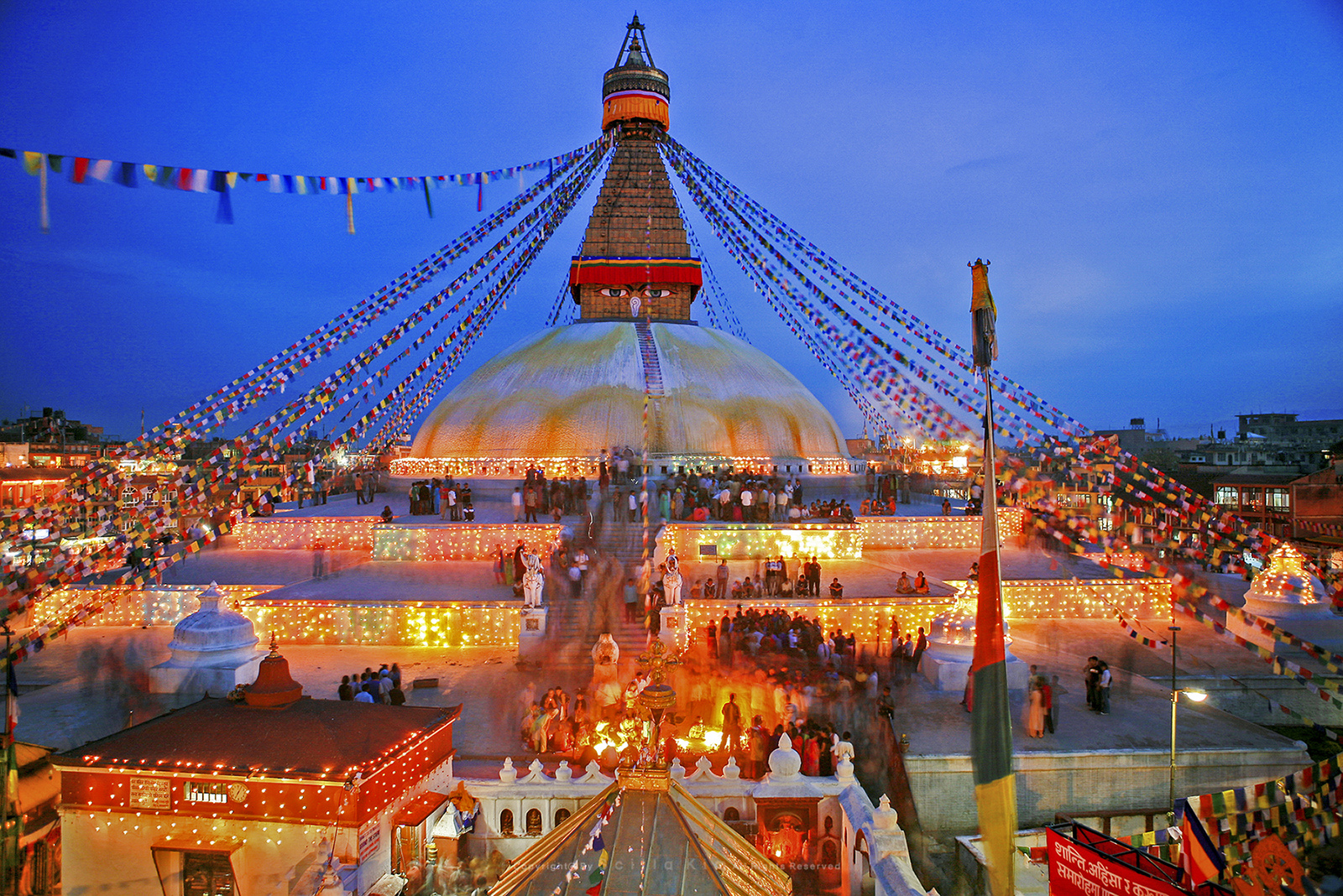
The point is there’s a lot more to Nepal, to just Kathmandu, than the film suggests. Is there time to visit every locale in Nepal? Of course not. But there was enough time to not give Nepal the “noble savage” treatment, which means, according to Wikipedia:
A noble savage is a literary stock character who embodies the concept of an idealized indigene, outsider, or “other” who has not been “corrupted” by civilization, and therefore symbolizes humanity’s innate goodness. In English, the phrase first appeared in the 17th century in John Dryden‘s heroic play The Conquest of Granada (1672), wherein it was used in reference to newly created man. “Savage” at that time could mean “wild beast” as well as “wild man”.[2] The phrase later became identified with the idealized picture of “nature’s gentleman”, which was an aspect of 18th-century sentimentalism. The noble savage achieved prominence as an oxymoronic rhetorical device after 1851, when used sarcastically as the title for a satirical essay by English novelist Charles Dickens, whom some believe may have wished to disassociate himself from what he viewed as the “feminine” sentimentality of 18th and early 19th-century romantic primitivism.[a]
Even though the film didn’t have any of the extras speak, it clearly showcased Kathmandu as an idealistically mystical, Othered space, with closeups on holy men and temples. The extras also weren’t wearing Western clothes, something that further separated them from actual depictions of 21st century Nepalese people. Western exports have made their way all around the globe, including Nepal, and as you can see in the above pictures, folks are wearing leather jackets, hoodies, polo shirts, slacks and jeans. Even the woman with the shawl on in the first picture is wearing Westernized sandals, a long-sleeved red shirt and some green pants, and one of the men buying her wares, the guy with the leather jacket, has an iPod. If you took a shot of the extras in the Kathmandu sequence and put it in black and white, it could act as a shot from a film about Nepal in the 1800s, not the 21st century. This is not to say that portraying Nepalese people wearing traditional clothing is anachronistic; what I am saying is that painting a picture of the Nepalese as a people who haven’t been affected by world commerce and capitalism is a false picture.
The “noble savage” idea wasn’t explicit, but it was very subtly implied in order to make Kathmandu seem like a perfect place for The Ancient One and to act as further contrast to Stephen’s New York sensibilities and, indeed, his whiteness.
•The Ancient One is full of crock. Let’s get back to The Ancient One. She’s full of shit.
Sorry to be so blunt and for cursing, but she really is. She was using the dark magic that she forbade her disciples from using to lengthen her own life. She would say she was doing it to protect the earth, but she was actually doing it because of her fear of death. In essence, this makes the big bad, Kaecilius (Mads Mikkelsen), actually right about her. So, yes, he’s evil for invoking the intergalactic demon Dormammu in an attempt to take over the world, but just because he’s evil doesn’t mean he’s an idiot. What it does mean is The Ancient One’s hypocrisy is what turned him, a devoted disciple, into a disillusioned mess. Can we talk about how he was crying crocodile tears while spreading the “gospel” about the demon to Stephen while chained up in that suit-harness-thing? To me, it evoked scenes from Thor, in which Loki is crying while hating Thor for being the chosen one; Loki might be the “evil one,” but Loki is also psychologically damaged, simply looking for unconditional love from the Odin, the man whose supposed to be his father. Doesn’t that sound a little like Kaecilius’ dilemma?

Kaecilius might have gone to the dark side, but, like Loki, he was a conflicted soul who was looking for answers after the person he idolized failed him. If there was a way The Ancient One could have reeled him back in, she should have done it, especially since she already knew how powerful and skilled he was. But the thing that could have possibly swayed him—her giving up her Dormammu powers—was something she wasn’t going to part with. So Kaecilius probably figured, “If she’s going to use them, then why shouldn’t I?” Basically, this whole movie’s plot (minus Stephen’s accident) is her fault.
Also, The Ancient One was just giving out powers willy nilly. She gave Benjamin Bratt’s character Jonathan Pangborn the ability to walk again after a paralyzing accident. She was giving Stephen powers to use his hands again. She herself was bending time to stay alive. She made it seem like she was a benevolent master, but she was just as reckless with her powers as she claimed Stephen was and as Chiwetel Ejiofor’s Mordo warned against. Just like Strange, she was using her powers outside the natural order of things.
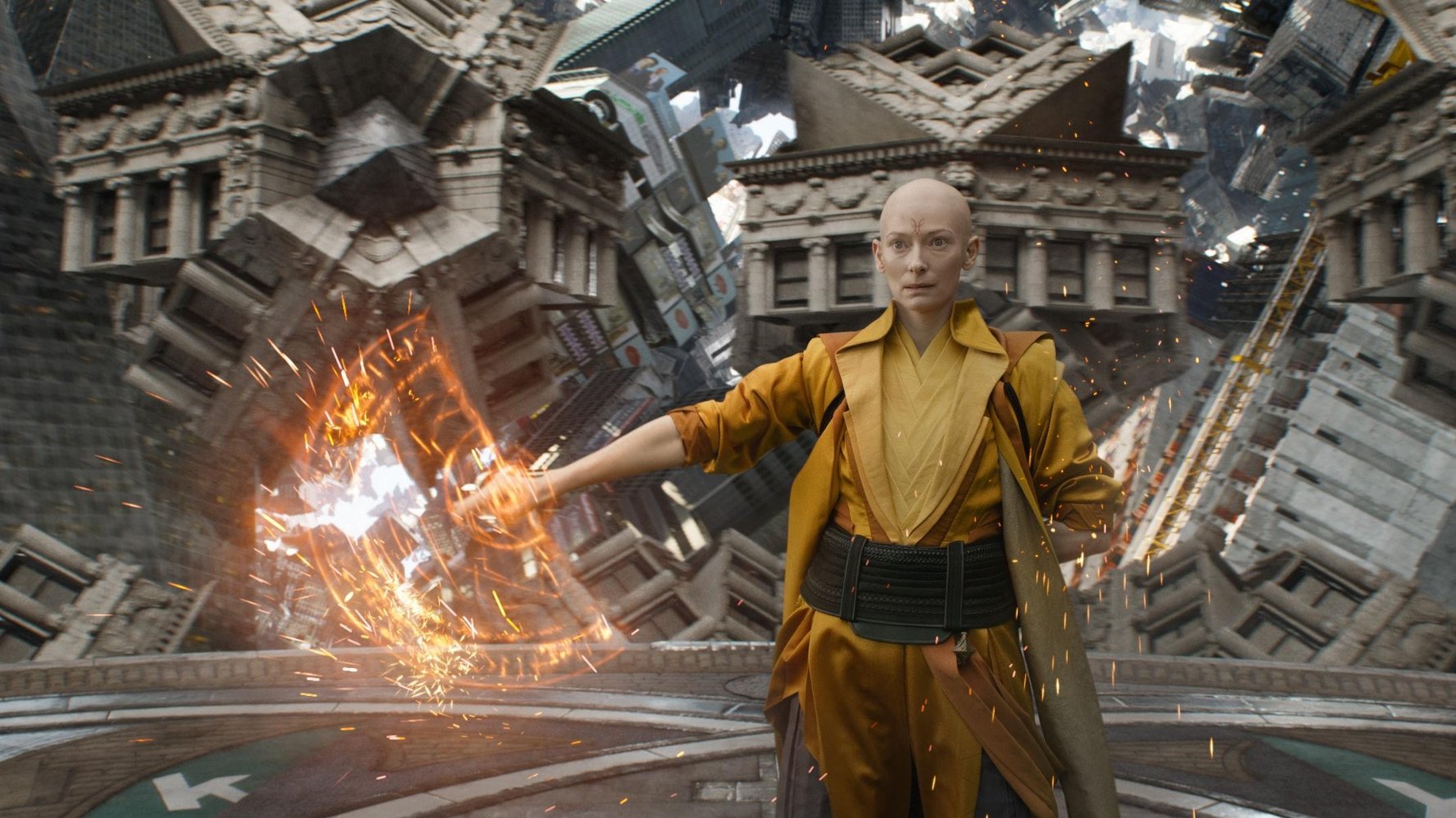
•Mordo is the only one who makes sense, and yet they’re building him up as the villain. How in the heck is Mordo supposed to be the villain, when Mordo is the only one who is keeping the world from being torn apart by Strange’s time meddling?
The Ancient One seemed to suggest that Mordo as a stickler for the rules was something that kept him from being great, or even being a master. I vehemently disagree. It’s Mordo’s insistence to stick by the natural order that made him supremely capable of being the master of the New York Sanctum. Mordo is right 100 percent that the laws of nature shouldn’t be tampered with, and yet it’s the hotshot white guy with a sarcastic mouth who gets to be the new Master. Are you kidding me?
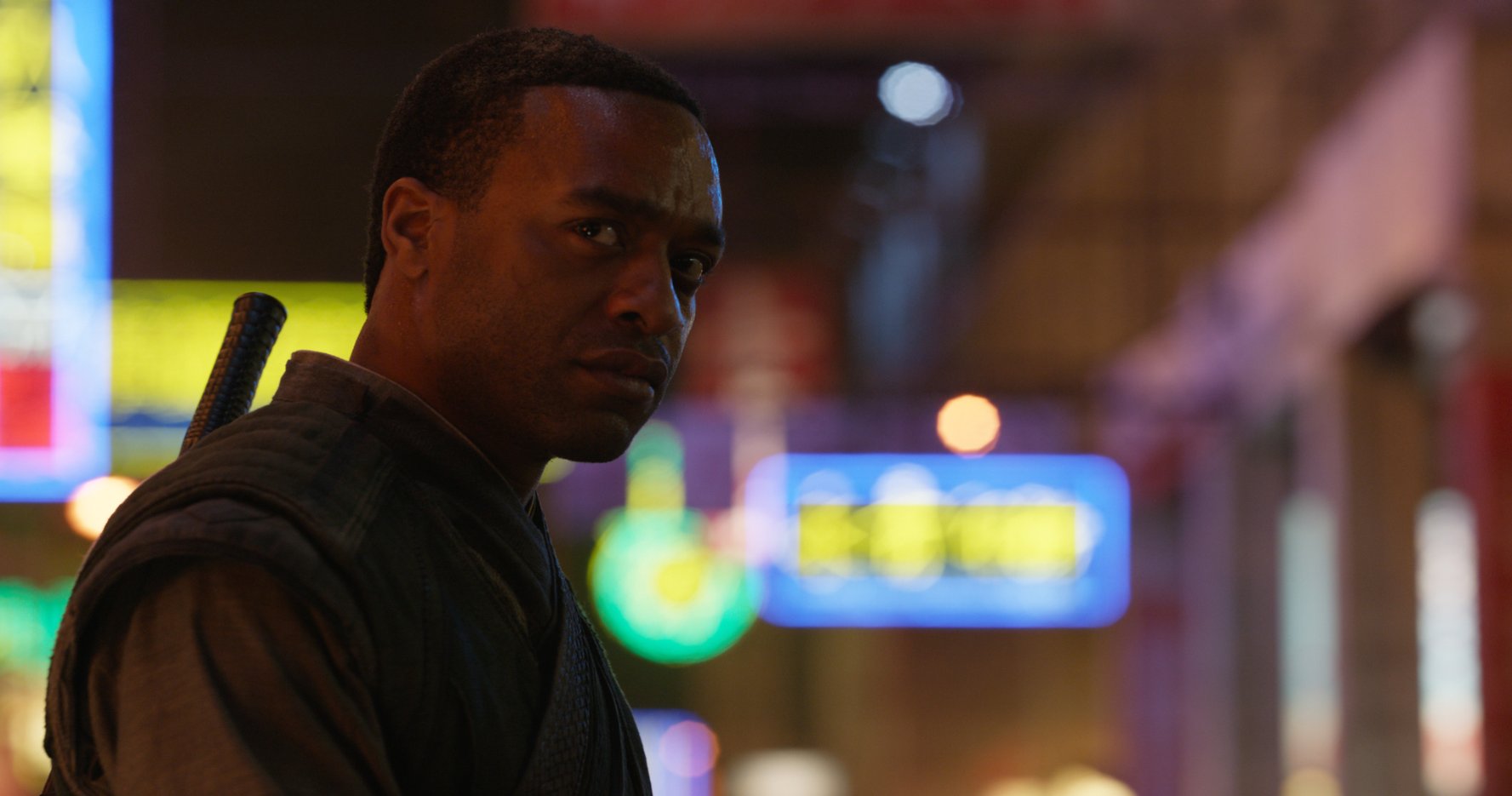
Look, Stephen knew how to pick up magic fast. But isn’t Mordo owed something for being The Ancient One’s right hand for so many years? Had he not proven himself? To me, all this smacks of is the person of color being more qualified for a role that ends up going to the white guy who just got to the office a month ago. It smacks of the favoritism and tribalism that exists in society today. It’s why black people often tell their kids they have to be twice as good as their white counterparts in order to get half of the reward. It also smacks of a very white American, imperialistic view point of “We do what we want and get rewarded for it because we’re rebels!” Rebels don’t always need to be applauded. Just take a look at the Confederates.
If the next films present Mordo as the bad guy, I’ll be squarely on Mordo’s side. I know the argument is going to be, “But Doctor Strange helped save the world with his time-bending!” Sure. But Mordo was ready to save the world with his plan. He had his own way of saving the world, and it didn’t involve standing on the razor’s edge of an infinite loop of time, shredding the time-space continuum indefinitely. It involved fighting honestly and bravely and finding a solution that, as Spock would say, didn’t destroy the Prime Directive, and isn’t that how heroes are supposed to fight?
The end of the film sets up a very alarming status quo, something that also comes from real life. Just as the model minority myth wants to put Asian people at the feet of white supremacy and opposed to blackness, Doctor Strange sees Stephen and Wong (played by Benedict Wong) together, fighting evil on Stephen’s own terms, while Mordo decides to cast himself out, pitting himself against Stephen’s way of doing things. Doctor Strange‘s message seems to unconsciously be, “If only Mordo would do things Stephen’s way, just like Wong! Things would be so much easier.” Similarly, it’s like some people in real life thinking, “If only black people would do things our way, just like those industrious Asian people! Things would be so much easier!”
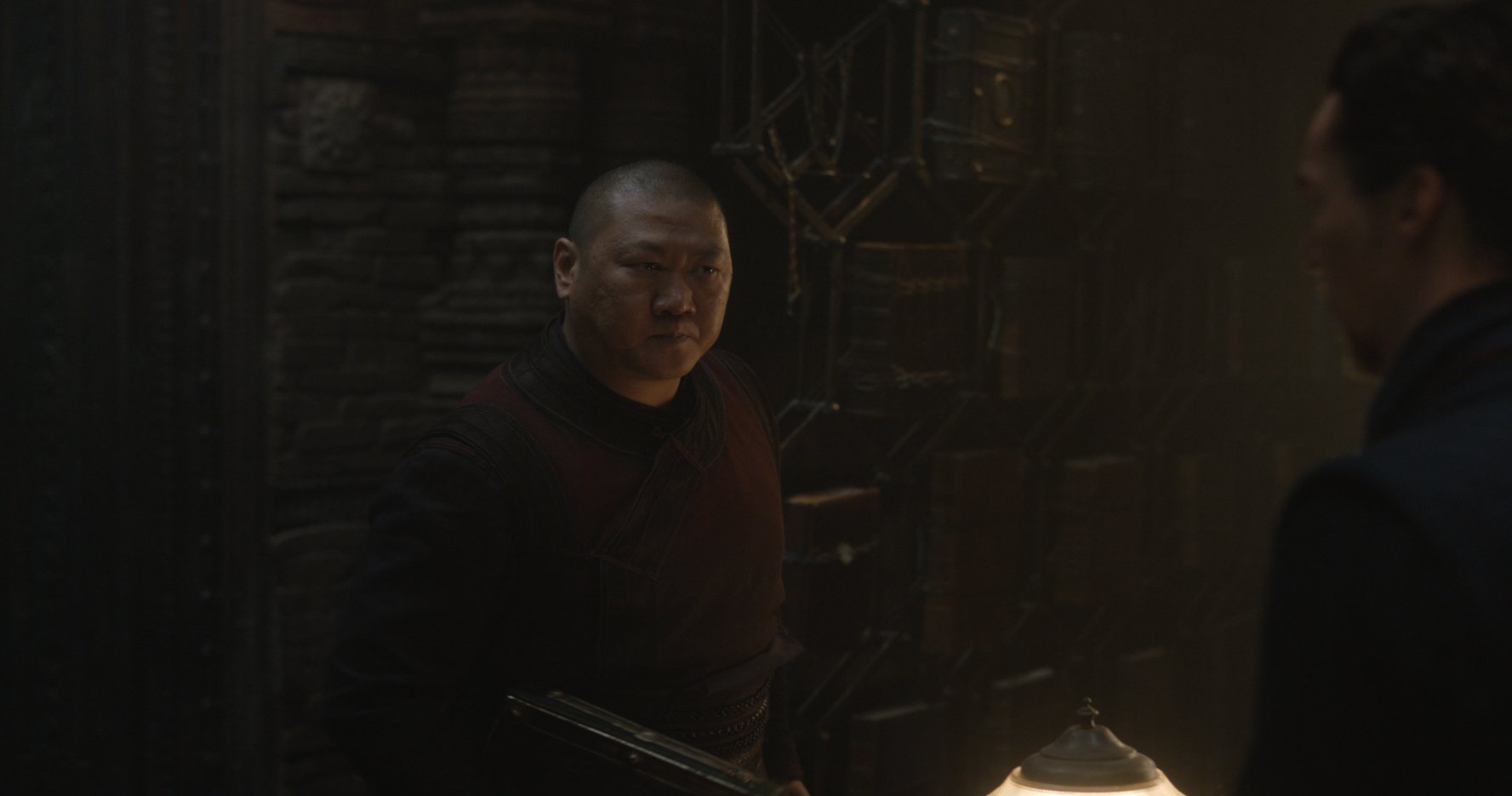
• The women in this film are strangely lacking: As the internet has said, it would have been better, much better, if someone like Michelle Yeoh was cast as The Ancient One. Making The Ancient One Celtic in a roundabout way to not create an Asian cariacature only complicated matters; all that was needed was to not create an Asian cariacture. If Yeoh played The Ancient One just as the character was written for Swinton, everything would have been fine; there wouldn’t have been any cariacture lines crossed.
With that said, it seems like this role as a whole would have been a waste of talents for Yeoh anyways. For all of the hooplah about The Ancient One being a “strong female character,” she barely did anything, at least not as much as the hype suggested. She participated in two battles with Kaecilius, and in the second one she was graphically fatally wounded. But we don’t see her do much else outside of instruct Strange, and even then, Mordo picks up where The Ancient One would sometimes leave off. In the end, The Ancient One was yet another woman in the comic book movie universe that has to die for the man’s journey to be fulfilled, so how progressive was her role, really?
Similarly, Rachel McAdams’s Christine is just another love interest, and somehow, she’s even less written than Rachel in Christopher Nolan’s Batman films or Natalie Portman’s Jane in the Thor movies. All Christine is there for is to be a battering ram for Strange’s emotional outbursts and as the soft, mothering angel he can come to after he’s changed his ways. McAdams did the best she could with such a thin character, but Christine was barely a character to begin with.
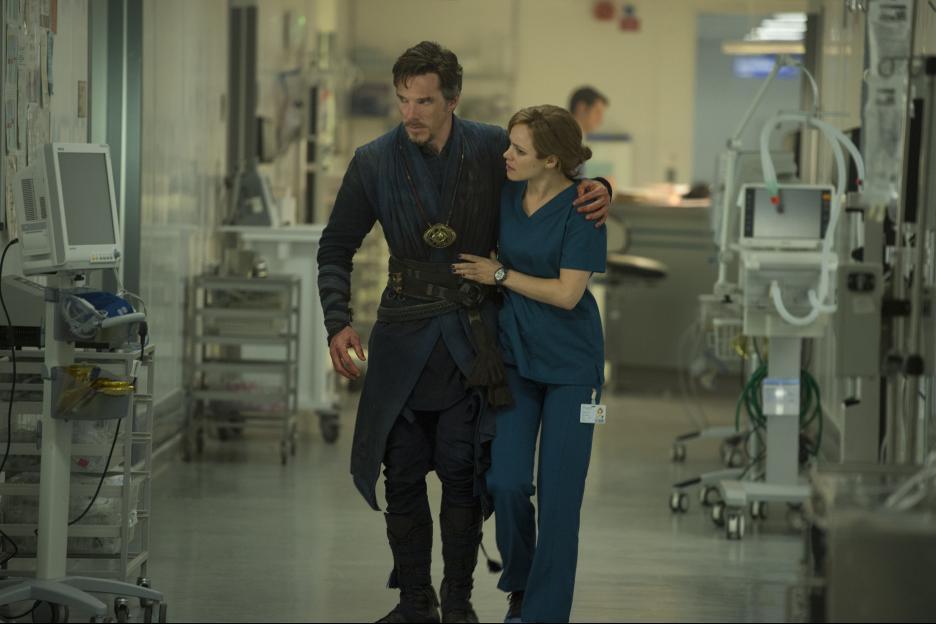
Lessons learned: At the end of the day, it seems like Doctor Strange has proven to be a learning ground for the parties involved, or at the very least, for the director, Scott Derrickson. In a very honest interview with The Daily Beast‘s Jen Yamato, he gave an apology for his version of sidestepping the Asian caricature issue, a version which ended up being just as damaging if not more so. He said that he can’t be mad at those who are opposed to viewing the film.
“I don’t feel [the film’s opponents] are wrong. I was very aware of the racial issues that I was dealing with. But I didn’t really understand the level of pain that’s out there, for people who grew up with movies like I did but didn’t see their own faces up there.”
Seeing how he said he was already aware of the issue of Asian caricature, this was a case of someone believing they had all the knowledge necessary to solve a problem simply because they were “aware” of the issues. This film is a prime example of why creators need to reach out to people of color when making media that squarely affects a particular racial group. Maybe he should have contacted an Asian writer, producer, or actor in the industry for advice. Maybe he and Cargill could have asked Marvel to sign off on an Asian writer to share the co-billing with them; an Asian writer’s perspective could have only helped the film and made the film more respectful to the audiences they were trying not to offend. Hindsight offers a lot of solutions.
But along with Derrickson, if anyone needs to take stock in those solutions, it’s Marvel. Already, Iron Fist has caused a lot of pain with the main character, a character that could be race-bent to give Asian American audiences much needed visibility. Instead, the Asian visibility is coming from the villain and secondary characters, with Iron Fist set up to be yet another white male character who learns “ancient” and “mystical” ways from an Asian teacher.
Thankfully, we have Spider-Man: Homecoming coming up, which is providing Filipino-American and Chinese-American visibility as well as black female visibility. Hopefully Spider-Man, Black Panther, with it’s all-black main cast, and Thor: Ragnarok, which is directed by Indigenous director Taika Waititi, will be the jumping-off point for Marvel films with more representation and more sensitivity to its subject matter and audience demographics.